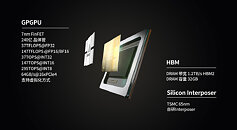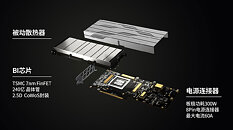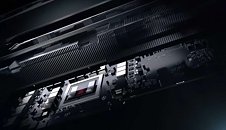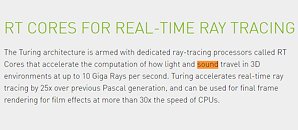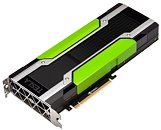Loongson's Next-gen 3B6600 CPU Reportedly Targeting Intel 12/13th Gen Level Performance
Loongson Technology has announced its next-generation 3B6600 processor—according to recent Chinese press reports, early details were disclosed in "investor relations activity" documentation. Their eight-core design is still in development, with the fabless company (allegedly) setting some lofty performance goals. According to a MyDrivers report (citing Fast Technology), the 3B6600 processor's single-core and multi-core "high level" performance is touted to match that of Core i5 and i7 offerings from Intel's 12th and 13th Generation portfolios. In the past, Loongson has compared its older products to Western equivalents. Last year, their 3A6000 chip design was mentioned in the same sentence as "AMD Zen 4 and Intel Raptor Lake" processor families. Around November 2023, reports had it approximating Team Blue Core i3-10100 "Comet Lake" CPU performance.
The next-gen 3B6600 CPU is supposedly using its predecessor (3A6000) as a springboard; MyDrivers believes that the same in-house LoongArch ISA design (fabricated on 12 nm/14 nm) will be revisited. The publication highlighted a significant area of optimization: "single-core performance of 3B6600 is expected to be in the world's leading ranks...Loongson 3B6600 will continue to use mature technology, and the architecture core will be upgraded to the new LA864. The same frequency performance is greatly improved by about 30%, compared with the Loongson 3A6000's LA664 architecture." Loongson engineers are reportedly targeting a maximum turboboost frequency of 3.0 GHz, but under normal operation the 3B6600 chip is predicted to offer a main frequency of 2.5 GHz. The new design will integrate a new "LG200 GPGPU" graphics computing core—additionally, supported standards include: DDR5 memory, PCIe 4.0 bus, and HDMI 2.1.
The next-gen 3B6600 CPU is supposedly using its predecessor (3A6000) as a springboard; MyDrivers believes that the same in-house LoongArch ISA design (fabricated on 12 nm/14 nm) will be revisited. The publication highlighted a significant area of optimization: "single-core performance of 3B6600 is expected to be in the world's leading ranks...Loongson 3B6600 will continue to use mature technology, and the architecture core will be upgraded to the new LA864. The same frequency performance is greatly improved by about 30%, compared with the Loongson 3A6000's LA664 architecture." Loongson engineers are reportedly targeting a maximum turboboost frequency of 3.0 GHz, but under normal operation the 3B6600 chip is predicted to offer a main frequency of 2.5 GHz. The new design will integrate a new "LG200 GPGPU" graphics computing core—additionally, supported standards include: DDR5 memory, PCIe 4.0 bus, and HDMI 2.1.





























